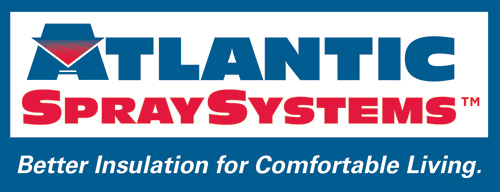Q. How much will insulating my home cost?
A. That depends on the size and style of your home, the type of insulating products used and the applications involved (unvented attic, conditioned crawl space, etc.). Click here to look at some examples of costs.
Q. Will my builder take care of insulation in my new home?
A. Yes, but be aware that most builders only insulate enough to satisfy code requirements. Is this sufficient for ultimate cost savings? Take a closer look.
Q. What is an unvented attic?
A. The term “unvented” means that no air is coming in and no air is going out. The fundamental requirement is air-impermeable insulation applied to the underside of the unvented roof.
Q. What is a conditioned crawlspace?
A. Instead of the usual under-floor insulation, a conditioned crawl space utilizes wall insulation and a sealed vapor barrier to create an energy efficient area.
Q. What does “R-value” mean?
A. The R-value is the ratio of the temperature difference across insulated material and the heat flow through that material. It is expressed as the thickness of the material divided by the thermal conductivity. The U.S. Department of Energy recommends R-values for various parts of the country based on local climate considerations and energy costs.
Q. What is the primary cause of heat loss in my home?
A. Random air leakage accounts for up to 60% of your home’s heat loss.
Q. Can spray foam insulation resolve the problem of air leakage?
A. Yes. Spray foam insulation stops random air leakage by creating a custom seal that “forms” to the problem area.
Q. What is the difference between batt insulation and foam spray insulation?
A. Batt or fiberglass insulation is only stapled or set into wall cavities, allowing air and moisture to pass through gaps. Spray foam insulation adheres to walls and floors, creating a tight seal and barrier that insulates against air and moisture filtration.
